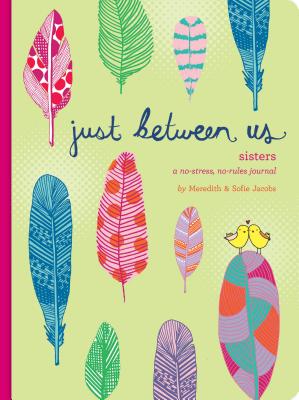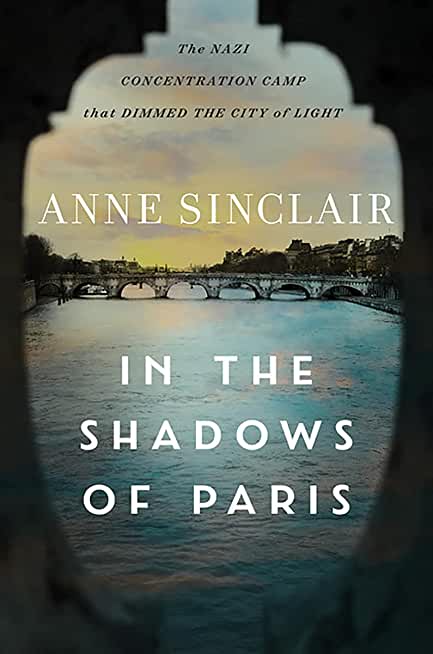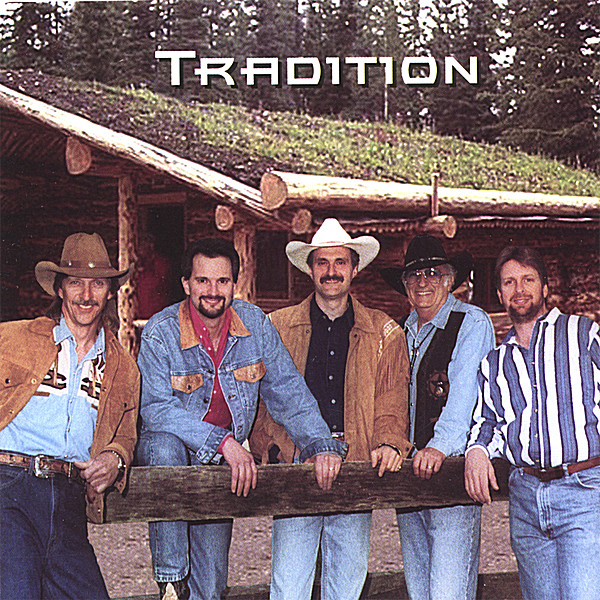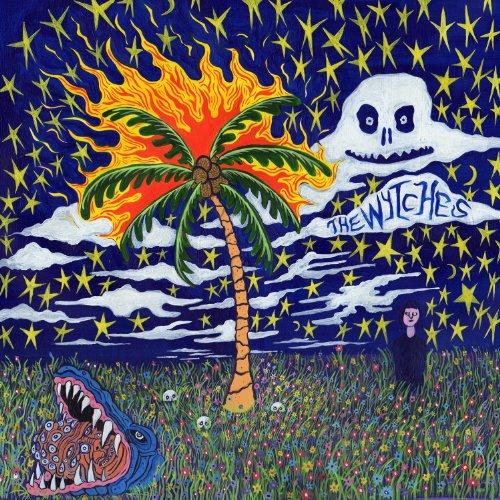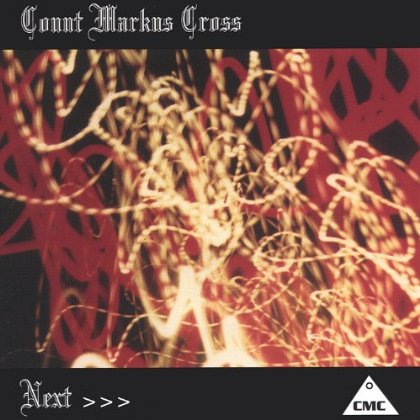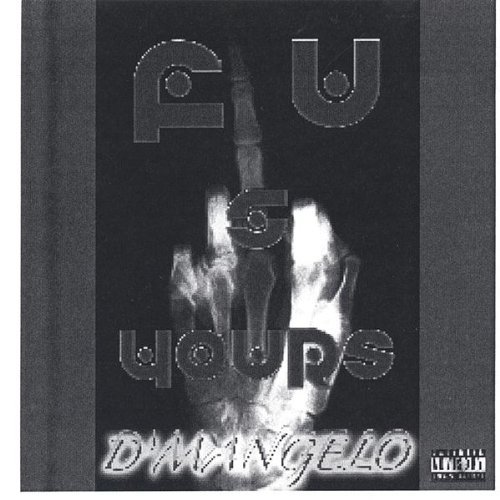![The Imaginary Aquarium Stackable Crayon Activity Book [With Crayons]](/store/9784056211054.jpg)
description
6Brand-new format making its debut Introducing a new kawaii property "The Imaginary Aquarium," a hugely popular brand with Japanese kids and teens The Imaginary Aquarium is comprised of characters that are a combination of land animals and sea creatures, which is spot-on with the current U.S. publishing trend of mash-up characters. It was created by Kamio Japan, one of the top stationery companies in the country, and gained exposure through Gakken's tween fashion magazines as well as five books. As a result of Kamio's partnership with Takara Tomy Arts, The Imaginary Aquarium has become a merchandised brand, with characters that are featured in toys and stationery. What is kawaii? The concept of kawaii, Japan's culture of cuteness, started in the '70s and made its way to the US in 1976 with Sanrio's Hello Kitty. Since then, the US has seen continued success with such kawaii properties as Pokemon and more recently, Gudetama. The culture of kawaii is not just about being cute: it is pushing away serious things like business and politics, and embracing a more laid-back lifestyle. Couldn't we all use more of that? This is no ordinary aquarium At The Imaginary Aquarium, all the creatures are mash-ups of land and sea animals. Packaged with 8 stackable fat crayons that are perfect for little hands to grip, this activity kit features 120 pages of favorite age-appropriate activities like mazes, spot-the-differences, and dot-to-dot. Meet all The Imaginary Aquarium friends: Budgiseal= budgie bird + fur seal, Bunnyguin=bunny + penguin, Eelpuppy=dog + eel, Elephin= elephant + dolphin, Jellybear=jellyfish + bear, Kangalion=kangaroo + sea lion, Kittyshark=cat + shark, Li'l Bunnyguin=baby bunny + penguin, Octopiggy=octopus + pig, Sealster=hamster + seal, Squidhog=squid + hog, Squiglet=baby squid + hog, Squotter=squirrel + otter, Sunbra=zebra + sunfish, Turwolf=turtle + wolf, and more
member goods
No member items were found under this heading.
Return Policy
All sales are final
Shipping
No special shipping considerations available.
Shipping fees determined at checkout.
